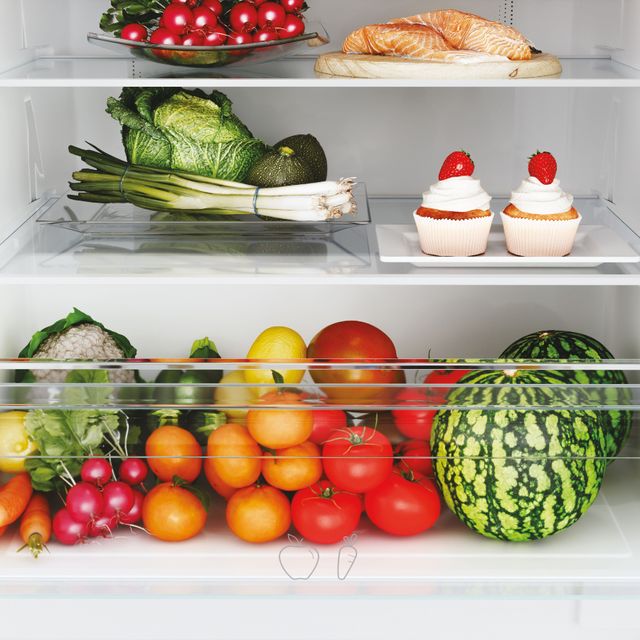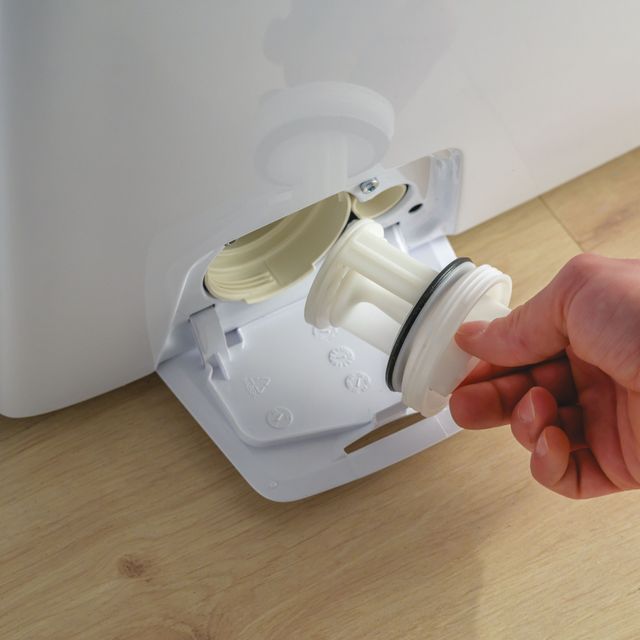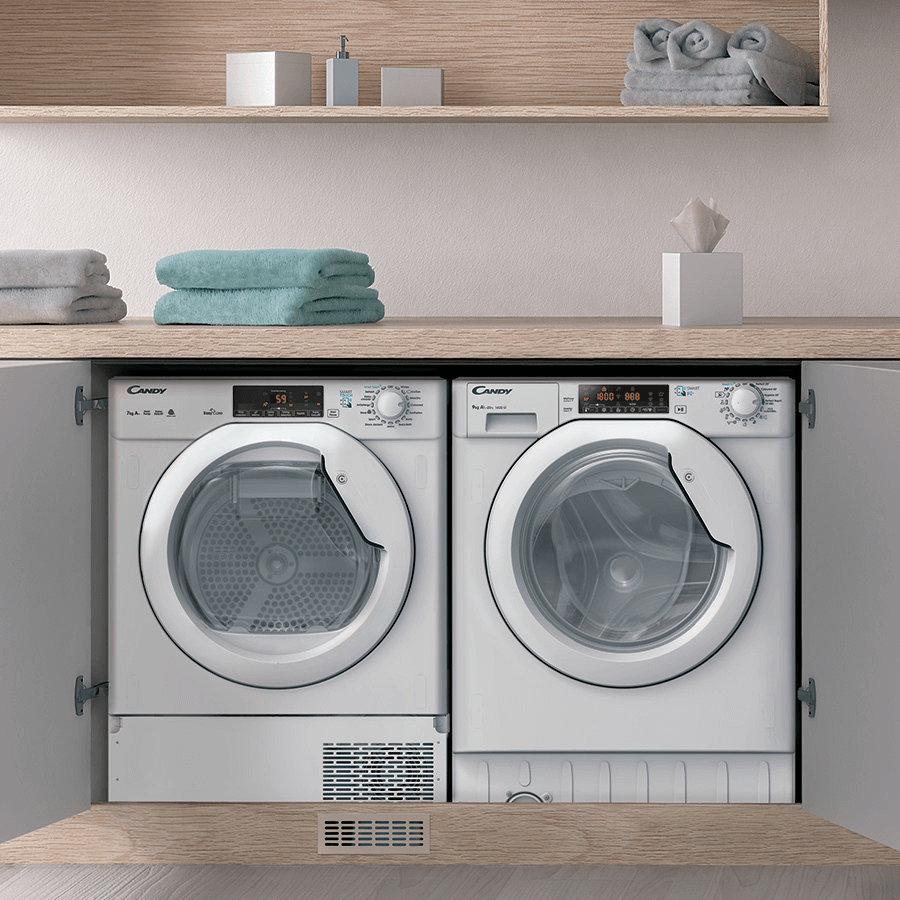If we tend to learn the basics of laundry growing up (or at least just enough to reduce the risk of matting our favourite jumper), then when we live independently as adults, especially if we have children, we become experts to all intents and purposes, seeking all and any useful resource to sanitise and remove stains from clothing and linen. As an expert in this field, Candy proposes several speedy yet effective solutions to removing stains with minimum effort.
Identify the type of stain
Dinners with guests, jobs in the garden, sports training or even a simple meal can be transformed into a pile of clothes to wash (those with kids know this only too well!). Before starting any type of treatment – natural or otherwise – you need to establish the cause of the stain: in fact, marks caused by fruit juice, grass, mud and tomato sauce need to be approached differently. Another important aspect to establish is whether or not the dirty mark is still fresh:
- if the mark is still wet, it should be treated immediately (in the majority of cases);
- if instead it has already dried, you’ll probably need to wet it in order to successfully remove it. Mud is obviously the exception to this rule: it should be left to dry first to remove any excess earth before being washed in the washing machine.
Pre-treating: the essential step
Some types of stain are particularly difficult to remove and therefore need to be pre-treated. It is however worth remembering that the most effective solutions to be employed differ depending on the type of stain. Let’s take a look at a few examples:
- blood. Did your little one graze their knee whilst playing? Have you had a minor accident in the kitchen? To remove traces of blood from clothing, soak the garment in cold salty water for approximately one hour;
- chocolate. Ah yes, there’s a hefty price to pay for gluttony! Pre-treating chocolate stains is however somewhat simple: simply soften the fabric by applying a little diluted soap powder to the area and leave for around half an hour;
- sweat. Playing sport and braving hot summer days often leads to sweat marks: in these cases, simply pour a drop of liquid detergent onto the stain and rub;
- ice-cream. Liquid detergent is also effective on dry ice-cream stains; if the ‘misdemeanour’ has instead just happened, then a little Marseille soap should do the trick;
- urine. Marseille soap, coupled with baking soda, is also perfect for removing both urine stains and odours from fabrics;
- felt-tip pen. To remove this type of stain, we recommend applying a solution of water and starch to the mark and leaving this to dry;
- grass. Children have great difficulty resisting earth, mud and grass! In this case, we recommend simply using vinegar: leave to act on the stain for approximately one hour to pre-treat the garment.
- wine. Red wine represents a stubborn stain. To best clean your tablecloth, it’s important to soak it in club soda as soon as possible.
- coffee. Once again in this case, the treatment differs depending on whether or not the mark is still fresh: should it be fresh, simply use a little Marseille soap and hot water; alternatively, you’ll have to re-wet it with alcohol and ammonia.
- lipstick. To remove lipstick stains from clothing, you’ll need alcohol and a cotton ball to gently dab the stained area.
- grease. Water, baking soda and a little elbow grease: this is an infallible method for removing traces of grease from clothing.
Which washing machine programme to use?
Now that you’ve defeated even the most stubborn of stains, it’s time for a machine-wash - be sure to select the most appropriate programme depending on fabric type and colour:
- a rapid low-temperature cycle (30° or 40°) for synthetic, dark and brightly coloured garments;
- a higher temperature cycle (50°-60°) for underwear and bedding, especially if white;
- a high-temperature and sanitising cycle for tablecloths (even if washing at 90° is no longer considered necessary);
- dedicated and special low-temperature programmes should be used for delicate fabrics such as wool.
The latest washing machines, or even better smart models, are the ideal solution to never put a foot wrong. The programmes are in fact highly customisable and, if you connect your Candy washing machine to the Candy simply-Fi app, you’ll have countless additional programmes to meet all and any need. Now that regular machines no longer hold any secrets for you, you’ll have nothing to fear even when ice-cream, sweat or grass stains are lurking in the laundry basket!




